Small Problem vs Big Problem
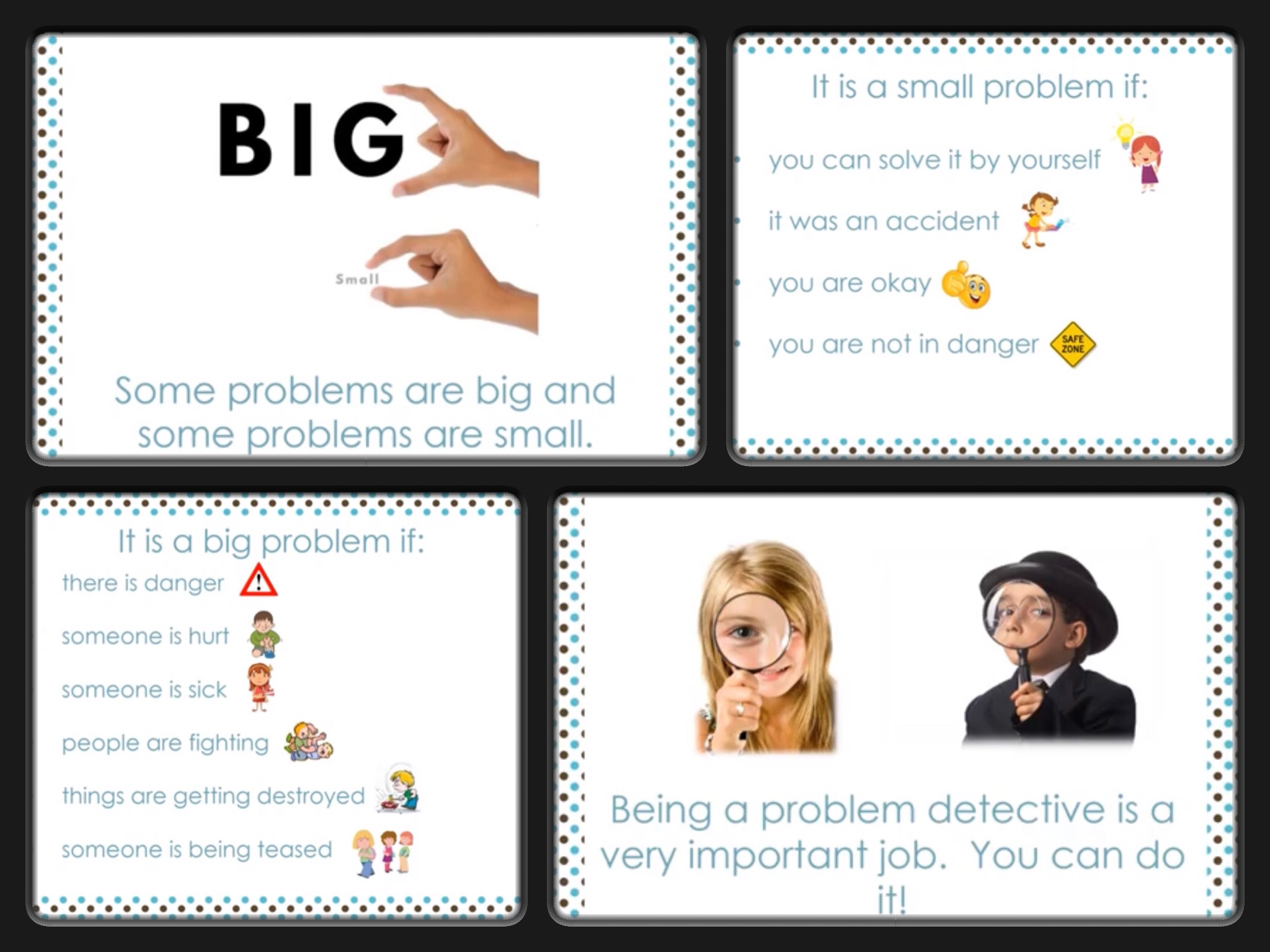
How can you identify the size of the problem you are experiencing?
Are small problems triggering a big reaction in you or your friends? Are big problems triggering a small reaction?
Watch the video below to understand how to identify small and big problems in a school setting and beyond.
https://www.youtube.com/watch?v=bvFiryg2dms&t=3s
Discover the Size of the Reaction Rule : the size of the reaction must match the size of the problem.
Become familiar with self talk and other helpful strategies. Watch the video below to discover more:
https://www.youtube.com/watch?v=UZyZ-dTL7SQ
Summer 1 Week 4 – 10th May 2021
Marching towards a real summer – hopefully,

The second Geography Week has more exciting learning waiting for you.
Have fun!
[dropshadowbox align=”none” effect=”lifted-both” width=”auto” height=”” background_color=”#b9f0f9″ border_width=”1″ border_color=”#dddddd” ]Math:[/dropshadowbox]
I can complete decimals sequences.
I can multiply decimals by 10, 100 and 1000.
I can divide decimals by 10, 100 and 1000.
I can I can assess knowledge of decimals
I can I can evaluate my decimal assessment
[dropshadowbox align=”none” effect=”lifted-both” width=”auto” height=”” background_color=”#f9e1b9″ border_width=”1″ border_color=”#dddddd” ]English:[/dropshadowbox]
I can visualise a character or setting. (incl. Annotations)
I can develop a first draft for a poem.
I can give and use feedback when editing my poem.
I can use a range of techniques to affectively perform a poem.
I can secure and apply Comprehension strategies. Focus: clarifying facts
[dropshadowbox align=”none” effect=”lifted-both” width=”auto” height=”” background_color=”#b5822c” border_width=”1″ border_color=”#dddddd” ]Spanish:[/dropshadowbox]
I can describe different rooms in my home.
[dropshadowbox align=”none” effect=”lifted-both” width=”auto” height=”” background_color=”#c0cafd” border_width=”1″ border_color=”#dddddd” ]ICT:[/dropshadowbox]
I can explore algorithms in Scratch that help draw a repeated pattern or tessellation.
[dropshadowbox align=”none” effect=”lifted-both” width=”auto” height=”” background_color=”#dfe08f” border_width=”1″ border_color=”#dddddd” ]Geography:[/dropshadowbox]
Changing life on the oldest continent – I can identify and explain the impact of Global Warming on Africa.
I can identify patterns in the distribution of resources – fairness and unfairness.
Taking Action I: I can use a deep understanding of the topic energy consumption when evaluating my own carbon footprint.
Taking Action II: I can identify the value of “Fairtrade” and translate this into action.
See you on Monday.
Miss Winser, Mrs Verma, Mrs Brown and Mr Grundey
Week beginning 10th May 2021
[dropshadowbox align=”none” effect=”lifted-both” width=”auto” height=”” background_color=”#ffffff” border_width=”25″ border_color=”#f1fb3b” ]Dear Parents, Carers
Thank you for attending your parent evening appointments last week.
Please continue to login to Google Classroom regularly to keep up with your child’s homework and key word lists. Also, please remember to keep your child’s yellow reading diary and Phonics books in their bookbag so we can change them for the next book.
Wishing you a lovely week ahead
Kind regards,
The Reception Team[/dropshadowbox]
[dropshadowbox align=”none” effect=”lifted-both” width=”auto” height=”” background_color=”#ffffff” border_width=”25″ border_color=”#3bb7f7″ ]THIS WEEK’S LEARNING
MATHS: To use real objects to see that a quantity of a group can changed by adding more. To learn to count on from a number to find how many altogether
PHONICS: Group Phonics will contine as usual.
PE: Outdoor Games
UW: to talk about animals that live in different habitats
HOMEWORK: KEY WORDS AND WRITING – Can be found on Google Classroom. Writing homework due on Wednesday. Key words to be completed as your child is ready to move onto each new list.
[/dropshadowbox]
Week Beginning 10th May
This week our learning will be as follows;
- In mathematics we will be looking at place value. We will find the number of 10s in a 3-digit multiple of 10 and look at the value of each digit in a 3-digit number.
- In English we will write autobiographies in role as the botanist and photographer Anna Atkins.
- In science we will investigate the roots and stems of a plant.
- In history we will find out about Roman soldiers and Hadrian’s Wall.
It has been lovely to talk to parents on School Cloud over the last two weeks. Please speak to one of the year 3 team if you have not yet had a meeting. We can arrange a telephone discussion.
Week beginning 10th May 2021
[dropshadowbox align=”none” effect=”lifted-both” width=”auto” height=”” background_color=”#edbaba” border_width=”1″ border_color=”#ba27d8″ ]Homework is set on Google Classroom[/dropshadowbox]
Howard-parents-guide-to-Google-Classroom-
Our learning this week…
[dropshadowbox align=”none” effect=”lifted-both” width=”auto” height=”” background_color=”#dbf6f4″ border_width=”10″ border_color=”#f13013″ ]
English
At Howard Primary School we have adopted Read Write Inc Phonics.
RWI is a method of learning centred round letter sounds and phonics, and we use it to aid children in their reading and writing. Read Write Inc., developed by Ruth Miskin, provides a structured and systematic approach to teaching literacy. It is used by more than a quarter of the UK’s primary schools and is designed to create fluent readers, confident speakers and willing writers.
Using RWI, the children learn to read effortlessly so that they can put all their energy into comprehending what they read. It also allows them to spell effortlessly so that they can put all their energy into composing what they write.
When using RWI to read the children will:
- Learn 44 sounds and the corresponding letter/letter groups using simple picture prompts
- Learn to read words using Fred Talk
- Read lively stories featuring words they have learnt to sound out
- Show that they comprehend the stories by answering questions.
[/dropshadowbox]
[dropshadowbox align=”none” effect=”lifted-both” width=”auto” height=”” background_color=”#dbf6f4″ border_width=”10″ border_color=”#863878″ ]
Maths
This week we will focus on statistics and recap fact familes. We will:
- interpret pictograms (1:1)
- draw pictograms
- interpret pictograms (2,5 and 10s)
- to interpret block diagrams
- to reconsolidate understanding of fact families
— Interpret pictograms (1:1)
A pictogram is a chart that uses pictures to represent data. Pictograms are set out in the same way as bar charts but instead of bars they use columns of pictures to show the numbers involved.

— Draw pictograms
— To draw and interpret pictograms ( 2/5 and 10s)
— To interpret block diagrams

— To reconsolidate understanding of fact families

[/dropshadowbox]
[dropshadowbox align=”none” effect=”lifted-both” width=”auto” height=”” background_color=”#dbf6f4″ border_width=”10″ border_color=”#608638″ ]
Art
In art we will be focus on hot and cold colours. In colour theory we can divide the colour wheel in half, splitting the colours into warm colours and cool colours. Blues, greens and some purples are considered cool colours. Reds, oranges and yellows are considered warm colours. Warm colours are said to bring energy, and cool colours are said to bring a feeling of calm.

The children will learn more about Wassily Kandinsky. Kandinsky is famous for his use of colour, using it to express emotions and scenes in a new way of looking at the world.

[/dropshadowbox]
[dropshadowbox align=”none” effect=”lifted-both” width=”auto” height=”” background_color=”#dbf6f4″ border_width=”10″ border_color=”#ef1dcd” ]
PE
Our focus this term will be football and fitness.
Please remember to send your child to school in their PE kit on their PE days.
Westminster – Thursday & Friday
Hungerford – Thursday & Friday
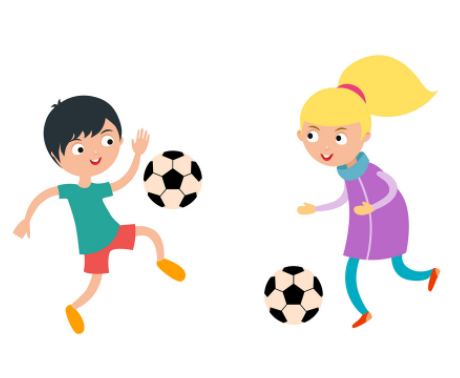
[/dropshadowbox]
[dropshadowbox align=”none” effect=”lifted-both” width=”auto” height=”” background_color=”#dbf6f4″ border_width=”10″ border_color=”#ef1dcd” ]
RE
We will focus on Islam.
[/dropshadowbox]
[dropshadowbox align=”none” effect=”lifted-both” width=”auto” height=”” background_color=”#dbf6f4″ border_width=”10″ border_color=”#ef1dcd” ]
History
We will focus on football when Walter Tull was alive and compare this it to football now.
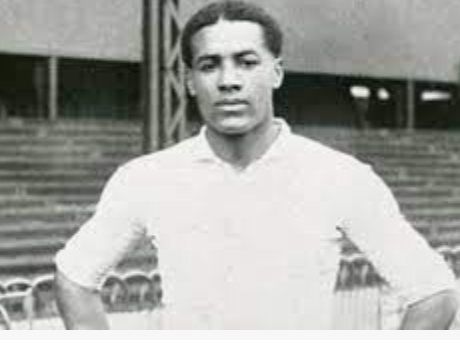
[/dropshadowbox]
[dropshadowbox align=”none” effect=”lifted-both” width=”auto” height=”” background_color=”#dbf6f4″ border_width=”10″ border_color=”#3f9c33″ ]
PSHE
We will be focusong on PANTS. Talk PANTS helps children understand that their body belongs to them, and they should tell someone they trust if anything makes them feel upset or worried.
https://www.nspcc.org.uk/keeping-children-safe/support-for-parents/pants-underwear-rule/
[/dropshadowbox]
[dropshadowbox align=”none” effect=”lifted-both” width=”auto” height=”” background_color=”#dbf6f4″ border_width=”10″ border_color=”#e21320″ ]
Reading
When reading with your child at home ask them questions related to their book.
Questions to ask before you read
- Can you look at the pictures and predict what you think will happen in this book?
- What makes you think that?
- What characters do you think might be in our story?
- Do you think there will be a problem in this story? Why or why not?
- Does the topic/story relate to you or your family? How?
Questions to ask during the reading
- What do you think will happen next?
- What can you tell me about the story so far?
- Can you predict how the story will end?
- Why do you think the character did _______?
- What would you have done if you were the character?
- How would you have felt if you were the character? (use different characters)
- As I read____________, it made me picture________ in my head. What pictures do you see in your head?
- As you read, what are you wondering about?
- Can you put what you’ve just read in your own words?
Questions to ask after reading
- Can you remember the title?
- In your opinion, was it a good title for this book? Why or why not?
- Were your predictions about the story correct?
- If there was a problem, did it get solved?
- What happened because of the problem?
- Why do you think the author wrote this book?
- What is the most important point the author is trying to make in his writing?
- What was your favourite part of the story?
- If you could change one thing in the story, what would it be?
- Can you retell the story in order?
- If you were __________, how would you have felt?
- What is the most interesting situation in the story?
- Is there a character in the story like you? How are you alike?
Why did you like this book?
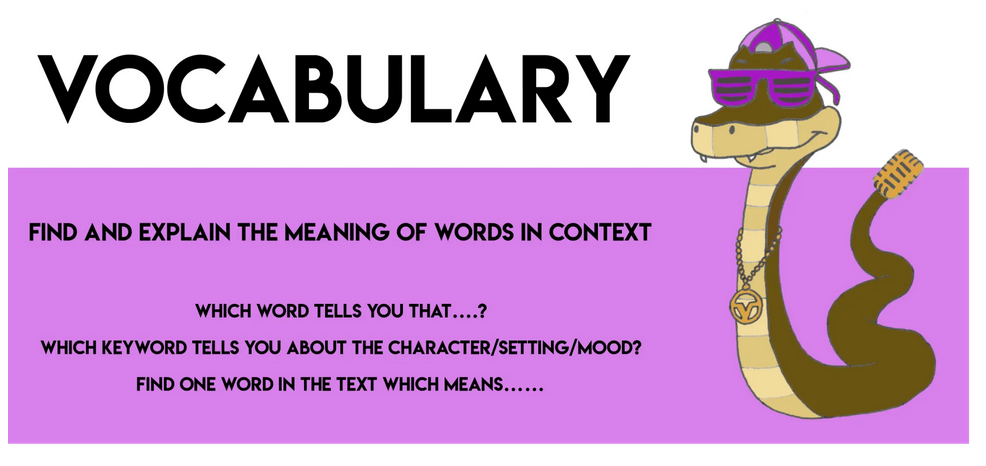
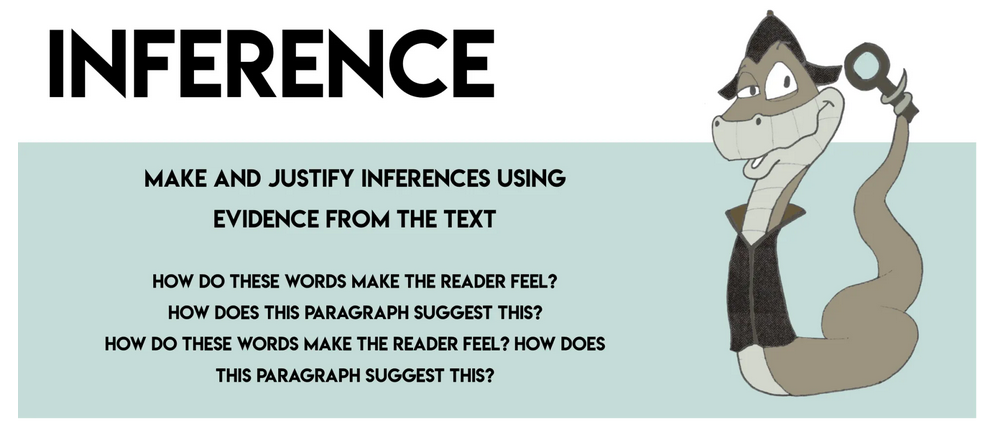
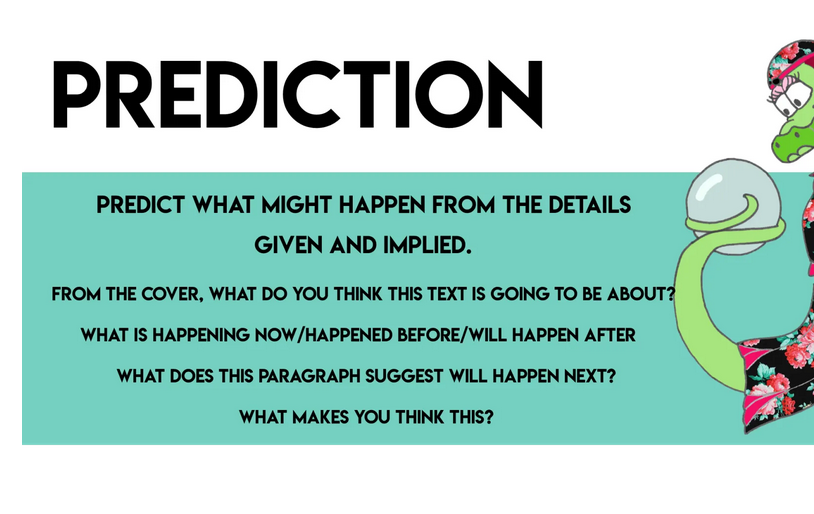
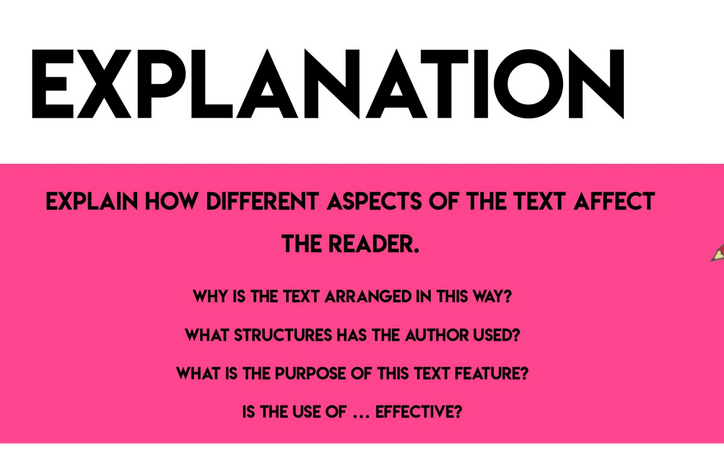
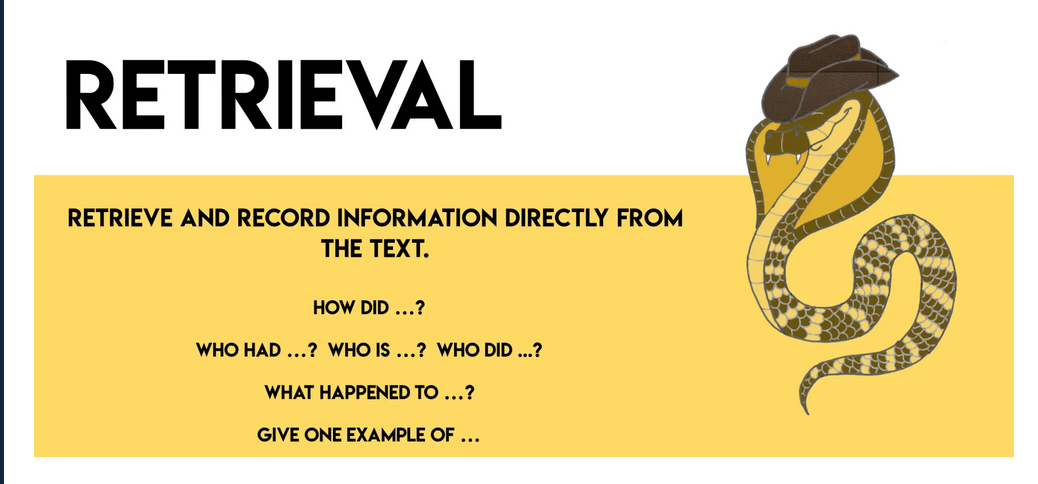
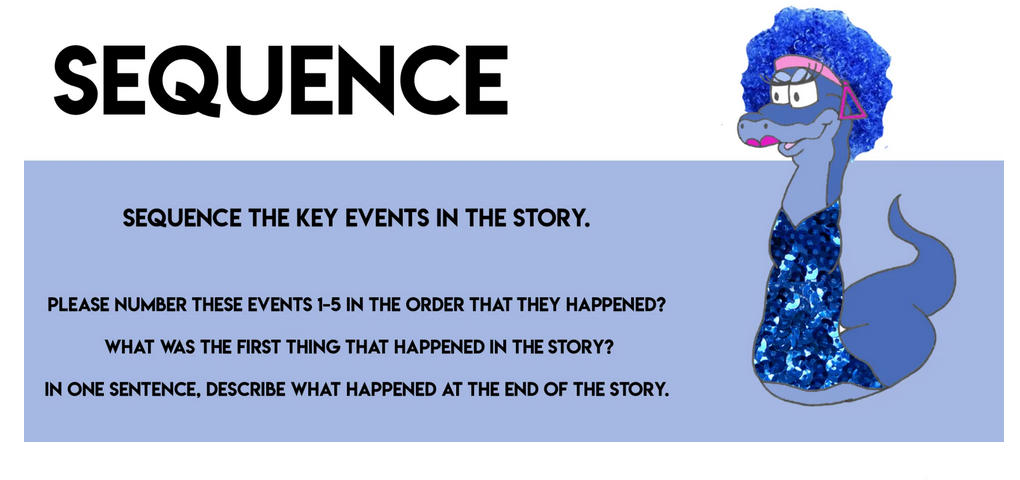
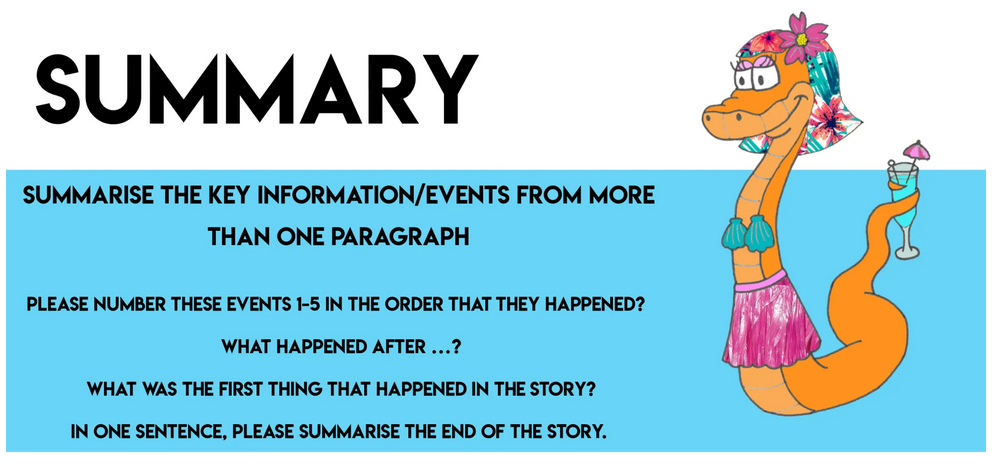
[/dropshadowbox]
[dropshadowbox align=”none” effect=”lifted-both” width=”auto” height=”” background_color=”#dbf6f4″ border_width=”10″ border_color=”#863878″ ]
Mathletics
A big well done to all the children completing their Mathletics. We are so proud. Please continue to complete your activities on Mathletics.
[/dropshadowbox]
[dropshadowbox align=”none” effect=”lifted-both” width=”auto” height=”” background_color=”#dbf6f4″ border_width=”10″ border_color=”#868878″ ]
Monday 10th May, 2021
[dropshadowbox align=”none” effect=”lifted-both” width=”auto” height=”” background_color=”#f4b1fd” border_width=”10″ border_color=”#3903de” ]
Thank you to all the parents who attended our Parent’s Meeting using the School Cloud. We enjoyed meeting you and discussing your child’s progress and targets with you. If you are still unable to get an appointment, kindly speak to the class teacher.
[/dropshadowbox]
[dropshadowbox align=”none” effect=”lifted-both” width=”auto” height=”” background_color=”#cdfcfe” border_width=”10″ border_color=”#3a1be9″ ]
PE is on Monday & Tuesday. Please remember to send your child in PE kit on PE days.
[/dropshadowbox]
[dropshadowbox align=”none” effect=”lifted-both” width=”auto” height=”” background_color=”#cff39f” border_width=”10″ border_color=”#8b7d7d” ]
Homework is sent home every week on Friday and need to be completed & handed in on Wednesday.
Reading books are changed on Monday, Wednesday & Friday.
If you are learning from home while isolating, please check Google Classroom daily. If your child is in school, you DO NOT need to do the Google class learning.
[/dropshadowbox]
[dropshadowbox align=”none” effect=”lifted-both” width=”auto” height=”” background_color=”#fcfdb1″ border_width=”10″ border_color=”#de4103″ ]
Congratulations to our Mathletics Champions!
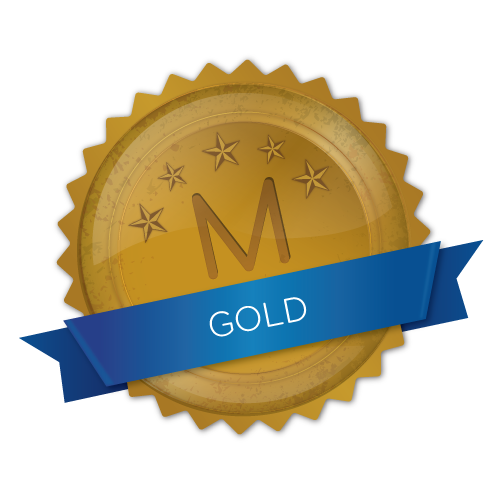
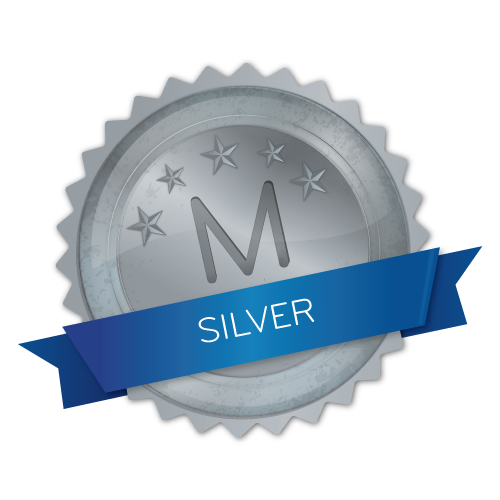
Lambeth Class :Milena
Vauxhall Class : Ali, Subhikshashree, Zynah
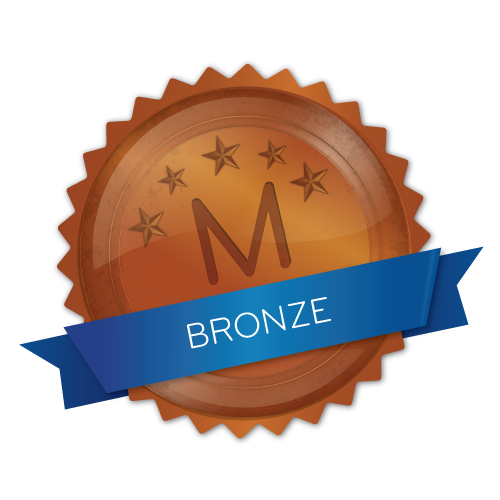
Lambeth Class : Bilal x2, George, Danielle, Ayaz, Aliyah, Mirac, Tarun, Tate, Sumaiya, Ahmet, Arbi, Milena, Tarun, Rebecca, Leanne, Maria
Vauxhall Class : Ali, Freddie, Faris, Josiah, Prithvix2, Subhikshashree x2, Ethan, Zynah
[/dropshadowbox]
[dropshadowbox align=”none” effect=”lifted-both” width=”auto” height=”” background_color=”#bcfdb1″ border_width=”10″ border_color=”#330bba” ]
Our Learning this week…
[/dropshadowbox]
[dropshadowbox align=”none” effect=”lifted-both” width=”auto” height=”” background_color=”#b1fdfa” border_width=”10″ border_color=”#950bba” ]
English
At Howard Primary School we have adopted Read Write Inc Phonics.
RWI is a method of learning centred round letter sounds and phonics, and we use it to aid children in their reading and writing. Read Write Inc., developed by Ruth Miskin, provides a structured and systematic approach to teaching literacy. It is used by more than a quarter of the UK’s primary schools and is designed to create fluent readers, confident speakers and willing writers.
Using RWI, the children learn to read effortlessly so that they can put all their energy into comprehending what they read. It also allows them to spell effortlessly so that they can put all their energy into composing what they write.
When using RWI to read the children will:
- Learn 44 sounds and the corresponding letter/letter groups using simple picture prompts
- Learn to read words using Fred Talk
- Read lively stories featuring words they have learnt to sound out
- Show that they comprehend the stories by answering questions.
[/dropshadowbox]
[dropshadowbox align=”none” effect=”lifted-both” width=”auto” height=”” background_color=”#cdfcfe” border_width=”10″ border_color=”#337936″ ]
Reading
Reading
When reading with your child at home ask them questions related to their book.
Questions to ask before you read
- Can you look at the pictures and predict what you think will happen in this book?
- What makes you think that?
- What characters do you think might be in our story?
- Do you think there will be a problem in this story? Why or why not?
- Does the topic/story relate to you or your family? How?
Questions to ask during the reading
- What do you think will happen next?
- What can you tell me about the story so far?
- Can you predict how the story will end?
- Why do you think the character did _______?
- What would you have done if you were the character?
- How would you have felt if you were the character? (use different characters)
- As I read____________, it made me picture________ in my head. What pictures do you see in your head?
- As you read, what are you wondering about?
- Can you put what you’ve just read in your own words?
Questions to ask after reading
- Can you remember the title?
- In your opinion, was it a good title for this book? Why or why not?
- Were your predictions about the story correct?
- If there was a problem, did it get solved?
- What happened because of the problem?
- Why do you think the author wrote this book?
- What is the most important point the author is trying to make in his writing?
- What was your favourite part of the story?
- If you could change one thing in the story, what would it be?
- Can you retell the story in order?
- If you were __________, how would you have felt?
- What is the most interesting situation in the story?
- Is there a character in the story like you? How are you alike?
Why did you like this book?







[/dropshadowbox]
[dropshadowbox align=”none” effect=”lifted-both” width=”auto” height=”” background_color=”#fdf1fd” border_width=”10″ border_color=”#130bba” ]
Maths
LO : I can find doubles.
LO : I can undo doubles by halving.
LO : I can find near doubles.
LO : I can find number facts to all numbers to 10.
LO : I can count forwards and backwards in multiples of 2 up to 10 multiples, beginning with any multiple.
[/dropshadowbox]
[dropshadowbox align=”none” effect=”lifted-both” width=”auto” height=”” background_color=”#feefcd” border_width=”10″ border_color=”#498937″ ]
Science
LO : I understand the basic structure of flowering plants/trees.
LO : I can name and identify the common flowering plants and trees around us in the local area.
LO : I can describe seasonal changes – Spring.
[/dropshadowbox]
[dropshadowbox align=”none” effect=”lifted-both” width=”auto” height=”” background_color=”#d1fecd” border_width=”10″ border_color=”#bc13a8″ ]
Foundation Subjects
Art : I can identify primary and secondary colours.
RE. : I can talk about the main principles of Judaism & who is in authority . Focus on God, Shabbat, Torah, Mezzuzzah, Synagogue, Purim
DT : I can explore how to use textiles – Focus – simple sewing techniques.
Computing : I can copy and paste images about a specific topic from the internet using appropriate search engines. Please support your child to develop keyboard skills – finding letters and numbers, space bar, back space to delete and enter key to return,
Music : I can learn about and discuss tempo.
PE : I can master basic movements including running, jumping, throwing and catching, as well as
developing balance, agility and co-ordination, and begin to apply these in a range of
activities.
I can also do a selection of balances using different body parts and build my core strength .
[/dropshadowbox]
[dropshadowbox align=”none” effect=”lifted-both” width=”auto” height=”” background_color=”#cdfcfe” border_width=”10″ border_color=”#337936″ ]
RHE
We use JIGSAW in our School.
This week we are learning about medicines and understand that they can help me if I feel poorly.I know how to use them safely.


[/dropshadowbox]
[dropshadowbox align=”none” effect=”lifted-both” width=”auto” height=”” background_color=”#f7ccfa” border_width=”10″ border_color=”#5516dd” ]
Dream Big
We continue our Project with the National Literacy Trust where we learning about the different professions / industries and begin to understand what adults do in these different jobs.
Last week we met Stella, a nurse who explained her job on our Google Classroom. This week we will meet Mr. Martinson who is a train driver. We can’t wait. Children prepare questions prior to the meeting and write about what they have learnt and understood.
Children have also had opportunities to engage in role-play & drama exploring different professions ( chef, doctor, builder, news reporter, scientist and shop keeper using the exciting resources provided by the National Literacy Trust.
[/dropshadowbox]
Week beginning 10th May 2021
Our learning objectives this week are:
English – We shall be identifying what makes a good substitution story, planning and writing a substitution story and focusing on editing and up-levelling our writing.



Class reading book –

Maths – We shall be revisiting the Year 6 Maths objectives for addition and subtraction. Please make sure your child completes any existing tasks on Mathletics.
Science – We shall be evaluating our investigation into what affects the growth of mould.
PE –
QE2 – Tuesdays and Thursdays
Tower – Tuesdays and Wednesdays
Please remember to wear your full PE kit on days that you have a PE lesson.
Geography – We shall comparing life in the UK vs Japan.
RHE – We shall be continuing with our learning about reproduction of a plant.
Music – We shall be composing a school song.
RE – We shall be looking at pilgrimage.
Is Gaming causing arguments in your family?
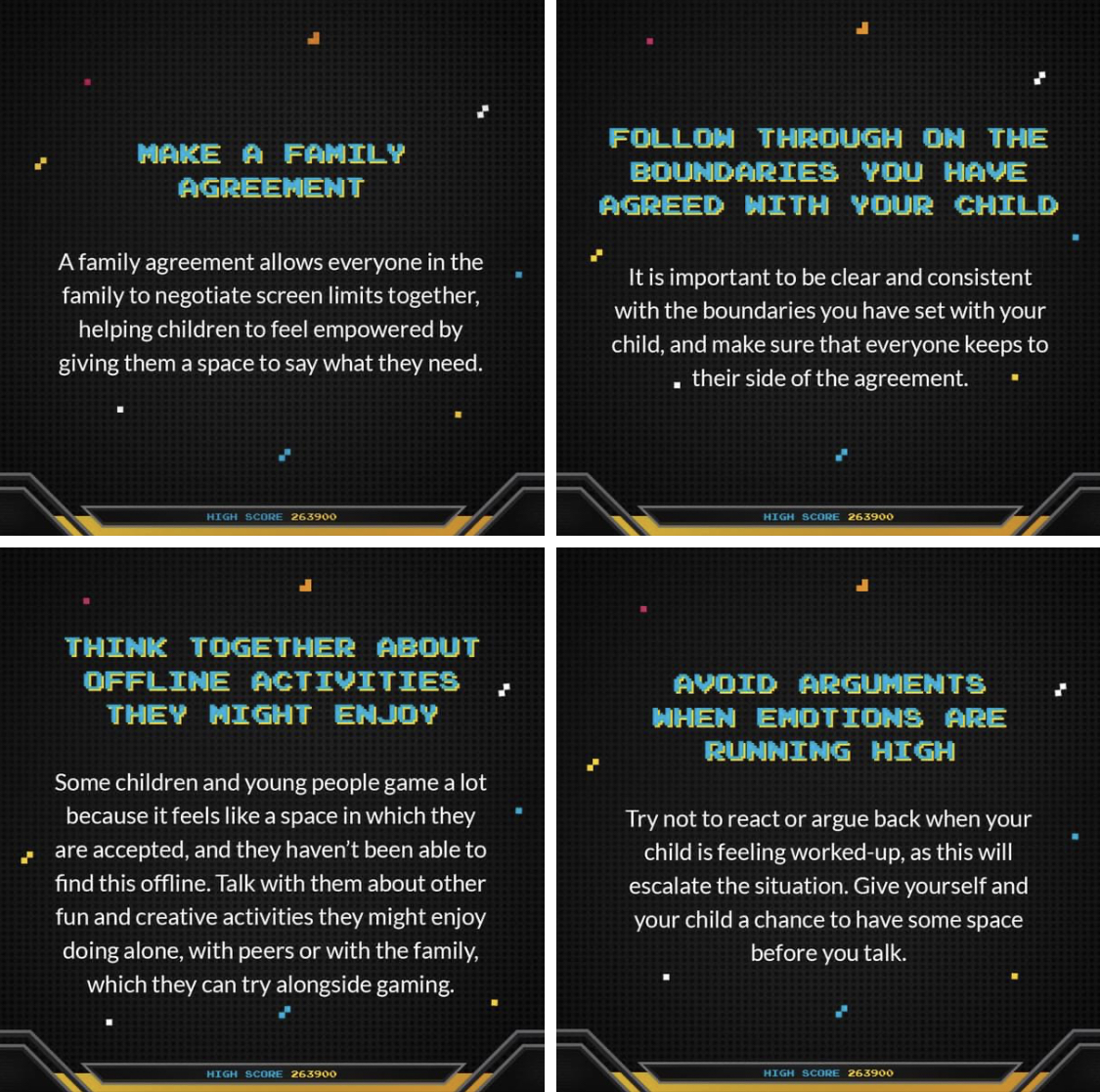
Summer 1 Week 3 – 3rd May 2021
Happy Monday to all of you,

Now, we have arrived in May (not sure if the weather has realised that though) and another interesting week is starting. For the next two weeks we are blocking Geography. How exciting!
[dropshadowbox align=”none” effect=”lifted-both” width=”auto” height=”” background_color=”#b9f0f9″ border_width=”1″ border_color=”#dddddd” ]Math:[/dropshadowbox]
I can subtract decimals with the same number of decimal places.
I can add decimals across 1 (different numbers of decimals)
I can subtract decimals across 1 (different numbers of decimal places)
I can add and subtract whole numbers and decimals
[dropshadowbox align=”none” effect=”lifted-both” width=”auto” height=”” background_color=”#f9e1b9″ border_width=”1″ border_color=”#dddddd” ]English:[/dropshadowbox]
I can identify and explore the difference between Prose and Poetry.
I can identify and explore intertextuality in Poetry.
I can secure and apply Comprehension strategies. Focus: Skimming & Scanning
I can visualise a character or setting. (incl. annotations)
[dropshadowbox align=”none” effect=”lifted-both” width=”auto” height=”” background_color=”#b5822c” border_width=”1″ border_color=”#dddddd” ]Spanish:[/dropshadowbox]
I can name the different rooms in my home.
[dropshadowbox align=”none” effect=”lifted-both” width=”auto” height=”” background_color=”#c0cafd” border_width=”1″ border_color=”#dddddd” ]ICT:[/dropshadowbox]
I can design and create an advanced tessellation in Inkscape.
[dropshadowbox align=”none” effect=”lifted-both” width=”auto” height=”” background_color=”#dfe08f” border_width=”1″ border_color=”#dddddd” ]Geography:[/dropshadowbox]
After reviewing natural resources and conditions we will dive into linking Climate Change, Fairtrade and Sustainability. What a fantastic topic!
Recap – I can identify and characterise the world’s Biomes – Focus on describing and characterising deserts in Africa.
I can identify and characterise life in the Sahel Zone (incl. desertification).
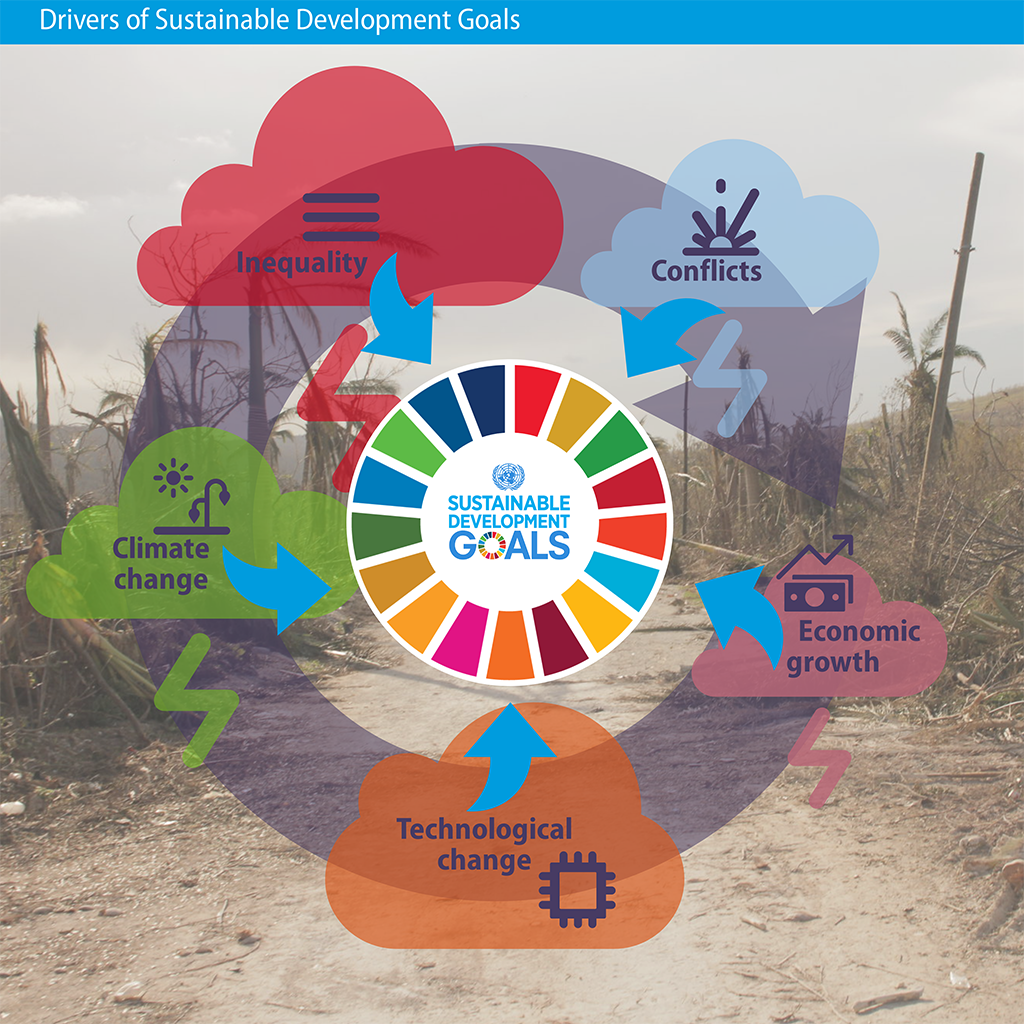
We will see you all tomorrow morning (please bring an old T-Shirt for Art).
Miss Winser, Mrs Verma, Mrs Brown and Mr Grundey
Week beginning 3rd May 2021
[dropshadowbox align=”none” effect=”lifted-both” width=”auto” height=”” background_color=”#edbaba” border_width=”1″ border_color=”#ba27d8″ ]Homework is set on Google Classroom[/dropshadowbox]
Howard-parents-guide-to-Google-Classroom-
Our learning this week…
[dropshadowbox align=”none” effect=”lifted-both” width=”auto” height=”” background_color=”#dbf6f4″ border_width=”10″ border_color=”#f13013″ ]
English
At Howard Primary School we have adopted Read Write Inc Phonics.
RWI is a method of learning centred round letter sounds and phonics, and we use it to aid children in their reading and writing. Read Write Inc., developed by Ruth Miskin, provides a structured and systematic approach to teaching literacy. It is used by more than a quarter of the UK’s primary schools and is designed to create fluent readers, confident speakers and willing writers.
Using RWI, the children learn to read effortlessly so that they can put all their energy into comprehending what they read. It also allows them to spell effortlessly so that they can put all their energy into composing what they write.
When using RWI to read the children will:
- Learn 44 sounds and the corresponding letter/letter groups using simple picture prompts
- Learn to read words using Fred Talk
- Read lively stories featuring words they have learnt to sound out
- Show that they comprehend the stories by answering questions.
[/dropshadowbox]
[dropshadowbox align=”none” effect=”lifted-both” width=”auto” height=”” background_color=”#dbf6f4″ border_width=”10″ border_color=”#863878″ ]
Maths
Our learning in maths will focus on subtraction and statistics. We will
- recognise the subtraction structure of difference
- problem solve with addition and subtraction
- create tally charts
- draw and interpret pictograms
— Recognise the subtraction structure of difference
The difference is the result of subtracting one number from another. How much one number differs from another. Example: The difference between 8 and 3 is 5.

— problem solve with addition and subtraction
Children will use their knowledge of addition and subtraction to solve problems.
— To create tally charts
— To draw and interpret pictograms
[/dropshadowbox]
[dropshadowbox align=”none” effect=”lifted-both” width=”auto” height=”” background_color=”#dbf6f4″ border_width=”10″ border_color=”#608638″ ]
Art
In art we will be focus on hot and cold colours. In colour theory we can divide the colour wheel in half, splitting the colours into warm colours and cool colours. Blues, greens and some purples are considered cool colours. Reds, oranges and yellows are considered warm colours. Warm colours are said to bring energy, and cool colours are said to bring a feeling of calm.

The children will learn more about Wassily Kandinsky. Kandinsky is famous for his use of colour, using it to express emotions and scenes in a new way of looking at the world.

[/dropshadowbox]
[dropshadowbox align=”none” effect=”lifted-both” width=”auto” height=”” background_color=”#dbf6f4″ border_width=”10″ border_color=”#ef1dcd” ]
PE
Our focus this term will be football and fitness.
Please remember to send your child to school in their PE kit on their PE days.
Westminster – Thursday & Friday
Hungerford – Thursday & Friday

[/dropshadowbox]
[dropshadowbox align=”none” effect=”lifted-both” width=”auto” height=”” background_color=”#dbf6f4″ border_width=”10″ border_color=”#3f9c33″ ]
PSHE
Jigsaw has two aims for all children:
- To build their capacity for learning
- To equip them for life
Jigsaw brings together PSHE Education, emotional literacy, mindfulness, social skills and spiritual development.
This term in PHSE we are focusing on ‘Healthy Me’. The focus this week will be on medicines. We will think about healthy foods.


[/dropshadowbox]
[dropshadowbox align=”none” effect=”lifted-both” width=”auto” height=”” background_color=”#dbf6f4″ border_width=”10″ border_color=”#e21320″ ]
Reading
When reading with your child at home ask them questions related to their book.
Questions to ask before you read
- Can you look at the pictures and predict what you think will happen in this book?
- What makes you think that?
- What characters do you think might be in our story?
- Do you think there will be a problem in this story? Why or why not?
- Does the topic/story relate to you or your family? How?
Questions to ask during the reading
- What do you think will happen next?
- What can you tell me about the story so far?
- Can you predict how the story will end?
- Why do you think the character did _______?
- What would you have done if you were the character?
- How would you have felt if you were the character? (use different characters)
- As I read____________, it made me picture________ in my head. What pictures do you see in your head?
- As you read, what are you wondering about?
- Can you put what you’ve just read in your own words?
Questions to ask after reading
- Can you remember the title?
- In your opinion, was it a good title for this book? Why or why not?
- Were your predictions about the story correct?
- If there was a problem, did it get solved?
- What happened because of the problem?
- Why do you think the author wrote this book?
- What is the most important point the author is trying to make in his writing?
- What was your favourite part of the story?
- If you could change one thing in the story, what would it be?
- Can you retell the story in order?
- If you were __________, how would you have felt?
- What is the most interesting situation in the story?
- Is there a character in the story like you? How are you alike?
Why did you like this book?







[/dropshadowbox]
[dropshadowbox align=”none” effect=”lifted-both” width=”auto” height=”” background_color=”#dbf6f4″ border_width=”10″ border_color=”#863878″ ]
Mathletics
A big well done to all the children completing their Mathletics. We are so proud. Please continue to complete your activities on Mathletics.
[/dropshadowbox]
[dropshadowbox align=”none” effect=”lifted-both” width=”auto” height=”” background_color=”#dbf6f4″ border_width=”10″ border_color=”#868878″ ]

